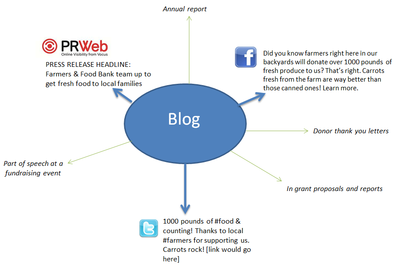
What three adjectives would you use to describe your organization’s personality? This is a really super good question to ask and answer. Why? Because once you have a clear sense of your brand personality, you have a consistent look and feel and voice. Consistency builds trust and it helps you stand out from the crowd.
For instance, you might be:
- Friendly, knowledgeable, proactive OR
- Faithful, focused, energetic OR
- Savvy, ambitious, forward-thinking
As silly as it may sound, picking three adjectives that best describe your organization is worth the time and energy. Here are three tools to help you out:
- In his book, “Tough, Sweet and Stuffy”, Professor Walker Gibson talks about how you can align your writing with these three personality types. He even has a handy chart of how often to use different types of speech and whatnot to help. It’s an interesting way to think about your organization–if you had to chose, would you be tough, sweet or stuffy?
- The List of Adjectives–9,947 adjectives waiting to be sorted alphabetically or by category.
- Claxons’ 5 Steps to a Funective Brand.

 If you want your year-end fundraising to be successful, please, please, please don’t mess with your logo!
If you want your year-end fundraising to be successful, please, please, please don’t mess with your logo!


